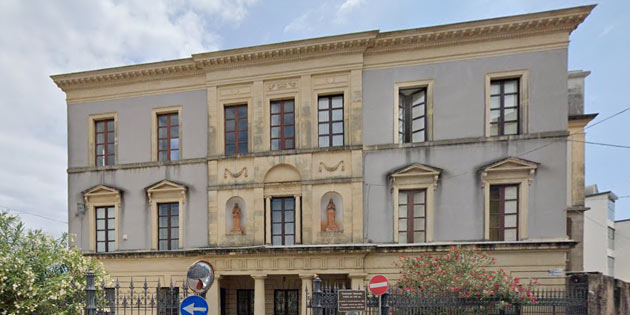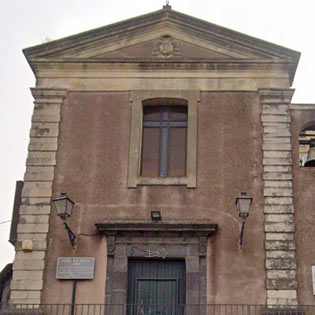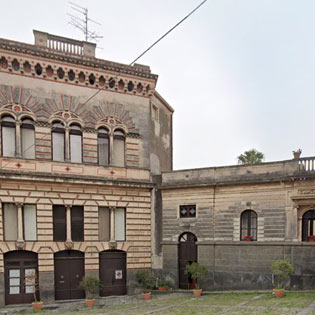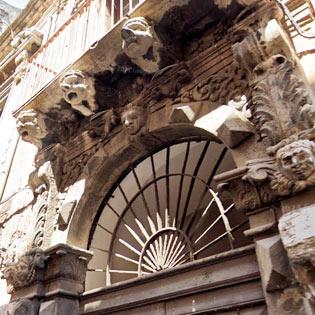Episcopal Seminary in Acireale
The Episcopal Seminary of Acireale is located in the former San Martino College built in front of the small church of the same name.
The building was originally a country house. It was built in the seventeenth century and only around 1861 was the San Martino College built there. After the foundation of the diocese of Acireale, on 3 June 1872 and the official entry of the first bishop, the need arose to find a place to found the diocesan seminary and the premises of the former San Martino college were thus purchased. The building was completed at the end of the 19th century, in 1885 the elegant façade was built based on a design by the engineer Mariano Panebianco.
Among the illustrious personalities who attended the seminary, the name of Don Luigi Sturzo stands out.
All Inside the building, of particular interest is the chapel, dedicated to the SS. Heart of Jesus.It was built at the end of the 1930s according to the design of the engineer Salvatore Vicari. It is accessed via an atrium full of early Christian decorations. The chapel is characterized by its red walls. It appears to be richly decorated in the Renaissance Revival style: along the high pilaster walls, surmounted by Corinthian capitals, the coats of arms of the municipalities of the diocese are inside; coffered ceiling; the heraldry of bishop Salvatore Russo who had the chapel built.
The large hall, formerly used as a study room, is now used as a conference room. This environment, although not richly decorated, contains valuable elements: the large chandelier dating back to the time of the San Martino college; the marble floor with the coat of arms of the Bishop himself in the centre; the paintings representing Saint Thomas Aquinas, by the artist Antonino Bonaccorsi; the four canvases by Pietro Paolo Vasta portraying four scenes from the Holy Scriptures.
Of particular value is the ancient collection, now part of the Diocesan Central Library. The first nucleus was born as a seminary library but, over time, grew thanks to donations of ancient and valuable books. The ancient collection is organized into two rooms: the first contains the various sections with printed works from the 19th to the 20th century; in the second, books such as manuscripts, sixteenth-century works, and printed works from the 17th - 19th centuries.



